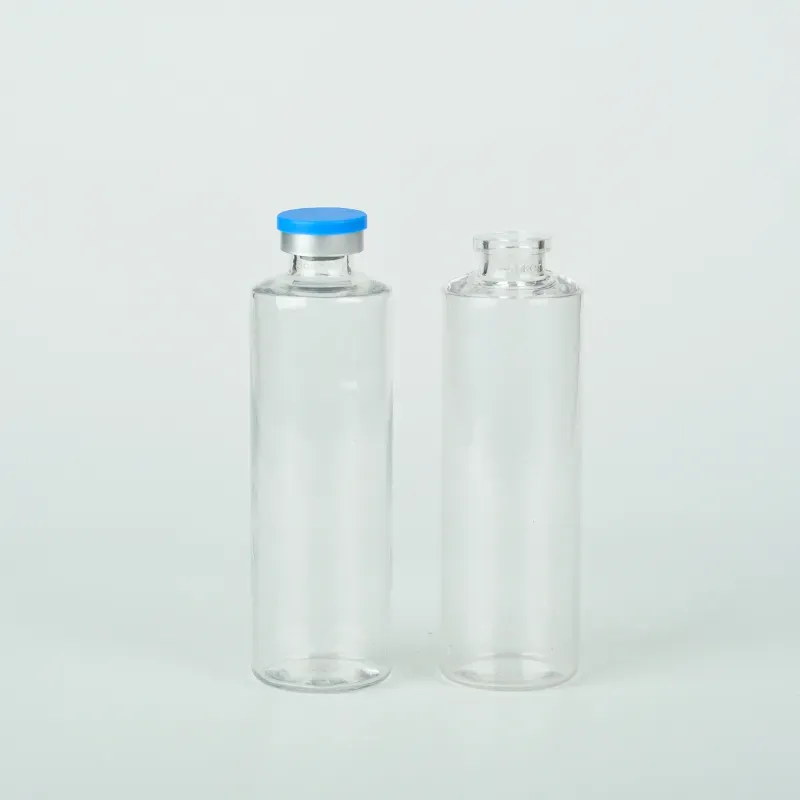Understanding the Significance of Blood Sample Tube Colors in Medical Testing
Understanding Blood Sample Tube Colors A Guide to Laboratory Practices
When it comes to blood sampling, the colors of the tubes used play a crucial role in ensuring that the specimen is handled properly for various tests. Each color-coded tube is designed to collect blood in a manner that preserves the blood's components and aids in specific analyses. This article aims to shed light on the significance of these colors and the associated additives, which help technicians and medical professionals streamline their laboratory practices.
The Basics of Blood Sample Tubes
Blood sample tubes are usually made from glass or plastic and are sealed with a colored rubber stopper. The colors of the stoppers indicate the type of additive inside the tube, which is vital for different laboratory tests. Understanding these color codes is essential for anyone involved in blood collection, from phlebotomists to laboratory technicians.
Common Tube Colors and Their Functions
1. Red Top Tubes These tubes contain no additives, making them ideal for collecting serum. They are commonly used for blood banking and serology tests. The lack of anticoagulants allows the blood to clot, separating serum from blood cells after centrifugation.
2. Blue Top Tubes These tubes contain sodium citrate, which acts as an anticoagulant. They are primarily used for coagulation studies, as the citrated plasma is essential for tests like PT (Prothrombin Time) and aPTT (Activated Partial Thromboplastin Time). Properly filling these tubes is critical, as underfilling can skew test results.
3. Green Top Tubes This color is associated with heparin, another anticoagulant. Green top tubes are useful for plasma chemistry tests. There are two types - sodium heparin and lithium heparin - and each may be used depending on the specific requirements of the test being conducted.
blood sample tube colors

4. Lavender (or Purple) Top Tubes These tubes contain EDTA (Ethylenediaminetetraacetic acid) and are primarily used for complete blood counts (CBC) and blood smears. EDTA prevents clotting by chelating calcium in the blood, making it an ideal choice for hematological tests.
5. Gray Top Tubes Typically used for glucose testing, these tubes contain sodium fluoride and potassium oxalate. The fluoride inhibits glycolysis, ensuring that glucose levels in the specimen remain stable until testing can occur.
6. Yellow Top Tubes These tubes often contain ACD (Acid Citrate Dextrose) and are used for certain blood cultures and special tests. They can be employed in research settings for collecting blood for cellular analysis.
The Importance of Proper Usage
Correctly utilizing color-coded blood sample tubes is vital for accurate test results. Mislabeling or using the wrong tube can lead to erroneous conclusions and misdiagnoses. Healthcare providers must train their staff meticulously on the significance of each tube color along with proper blood collection techniques.
Conclusion
The color of blood sample tubes may seem trivial, but this simple coding system carries considerable weight in clinical settings. It ensures that blood samples are preserved in a way that is conducive for testing, ultimately impacting patient care and treatment decisions. By understanding and adhering to these color codes, medical and laboratory professionals can work more efficiently and effectively, contributing to better health outcomes for their patients. Knowing the purpose behind each tube color not only enhances the accuracy of lab results but also fosters a culture of safety and precision in medical practices.
-
Aesthetic Makeup Spray Bottles | Fine Mist Empty RefillableNewsAug.19,2025
-
White Plastic Veterinary Vaccine Vials | Lab Liquid BottlesNewsAug.18,2025
-
Plastic Medicine Liquid Bottle: Secure Flip Top Drug VialsNewsAug.17,2025
-
Durable 250ml Blue Plastic Vaccine Vial for Lab & Vet UseNewsAug.16,2025
-
Sterile Virus Sample Tubes: Secure & Reliable Specimen CollectionNewsAug.15,2025
-
White 250ml Plastic Vaccine Vial for Lab & Vet MedicineNewsAug.14,2025
























